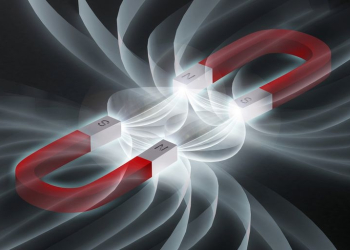Washington: NASA’s Perseverance Mars rover is trying to cover more distance in a single month than any rover before, using artificial intelligence.
The six-wheeled scientist is on a 5-kilometre journey, that began March 14, and is full of sandpits, craters, and fields of sharp rocks, mission officials have said.
The journey will take Perseverance to an ancient river delta, that is 40-metre-high within Jezero Crater, where a lake existed billions of years ago and holds signs of past microscopic life.
“The delta is so important that we’ve actually decided to minimise science activities and focus on driving to get there more quickly,” said Ken Farley of Caltech, Perseverance’s project scientist, in a statement.
“We’ll be taking lots of images of the delta during that drive. The closer we get, the more impressive those images will be,” he added.
The science team will be searching these images for the rocks they’ll eventually want to study in closer detail using the instruments on Perseverance’s arm.
To get there, the rover is relying on its self-driving AutoNav system, with the ability to “think while driving” – allowing Perseverance to take and process images while on the move.
The rover then navigates, based on those images. It checks whether a boulder is too close, or whether the rover’s wheels will slip, the mission officials said.
And unlike its predecessors, Perseverance has an additional computer dedicated entirely to image processing. The computer relies on a single-purpose, super-efficient microchip called a field-programmable gate array that is great for computer vision processing.
Further, Perseverance has a more sensitive understanding of the terrain and can get around boulders on its own.
“When we first looked at Jezero Crater as a landing site, we were concerned about the dense fields of rocks we saw scattered across the crater floor,” said Mark Maimone veteran rover planner and flight software developer of NASA’s Jet Propulsion Laboratory.
“Now we’re able to skirt or even straddle rocks that we couldn’t have approached before,” he added.
While previous rover missions took a slower pace exploring along their path, AutoNav provides the science team with the ability to zip to the locations they prioritise the most. That means the mission is more focused on its primary objective: finding the samples that scientists will eventually want to return to Earth.
Perseverance rover aims to characterise Mars’ geology and past climate, pave the way for human exploration of the Red Planet, and be the first mission to collect and cache Martian rock and regolith (broken rock and dust).
(IANS)

















